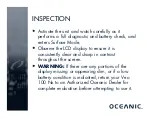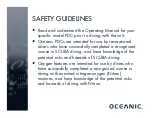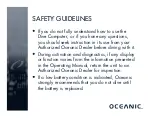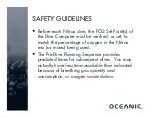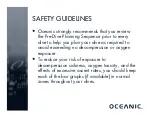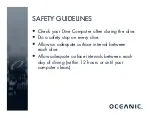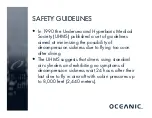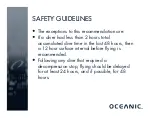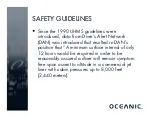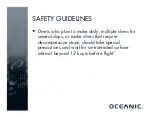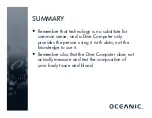Summary of Contents for VEO 100 Nx
Page 1: ......
Page 5: ...COMPUTERS vs TABLES COMPUTERS vs TABLES ...
Page 7: ...COMPUTERS vs TABLES COMPUTERS vs TABLES ...
Page 15: ...Diving with the VEO 100 Nx Diving with the VEO 100 Nx ...
Page 73: ...PRE PRE DIVE PLANNING DIVE PLANNING OBJECTIVES Perform pre dive planning ...
Page 166: ......

